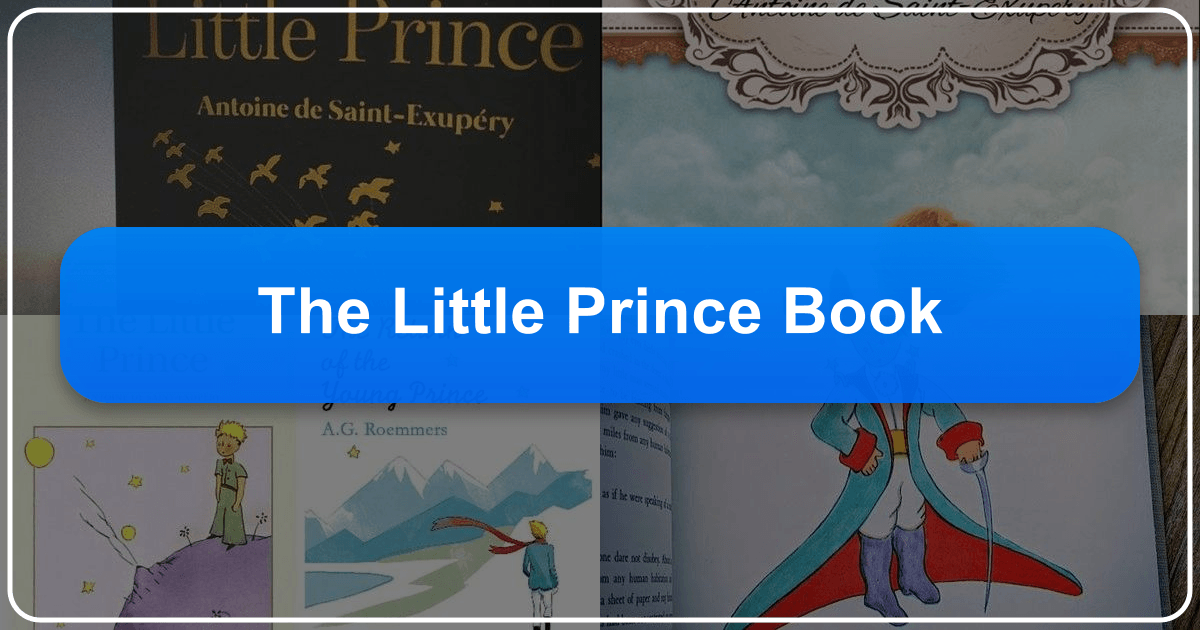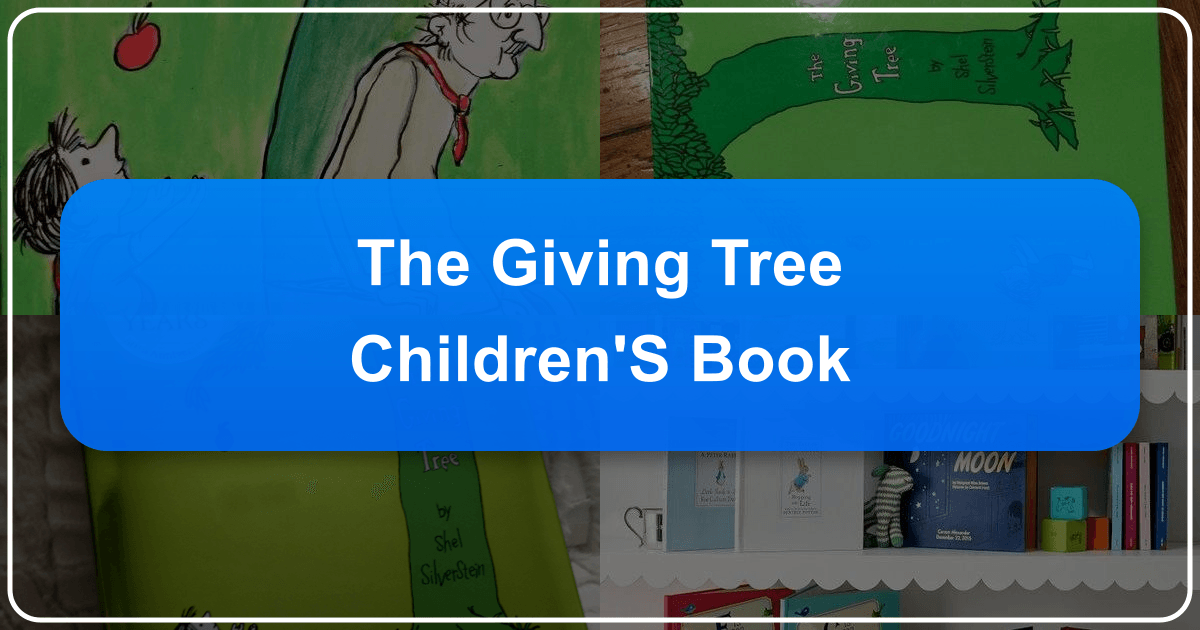Shel Silverstein’s “The Giving Tree” transcends the boundaries of a simple children’s story. Its enduring popularity stems from its poignant exploration of themes of unconditional love, sacrifice, and the complexities of relationships, resonating deeply with readers of all ages. This in-depth analysis delves into various aspects of the book, examining its literary merit, cultural impact, and educational value, utilizing a framework encompassing common website categories for book exploration.

I. Book Overview: Genre, Classification, and Reception
“The Giving Tree” is primarily categorized as a children’s picture book, falling under the genres of fiction, allegory, and parable. Its deceptively simple narrative, coupled with Silverstein’s distinctive illustrations, belies a profound exploration of the nature of love and selflessness. While intended for younger readers, the book’s allegorical nature lends itself to interpretations on multiple levels, making it suitable for and appreciated by adults as well. This multifaceted appeal contributes to its enduring status as a bestseller and a modern classic. Its reception has been largely positive, though not without some controversy surrounding its interpretation of the relationship between the boy and the tree. Some find the ending bittersweet or even tragic, while others view it as a testament to the enduring nature of selfless love.







